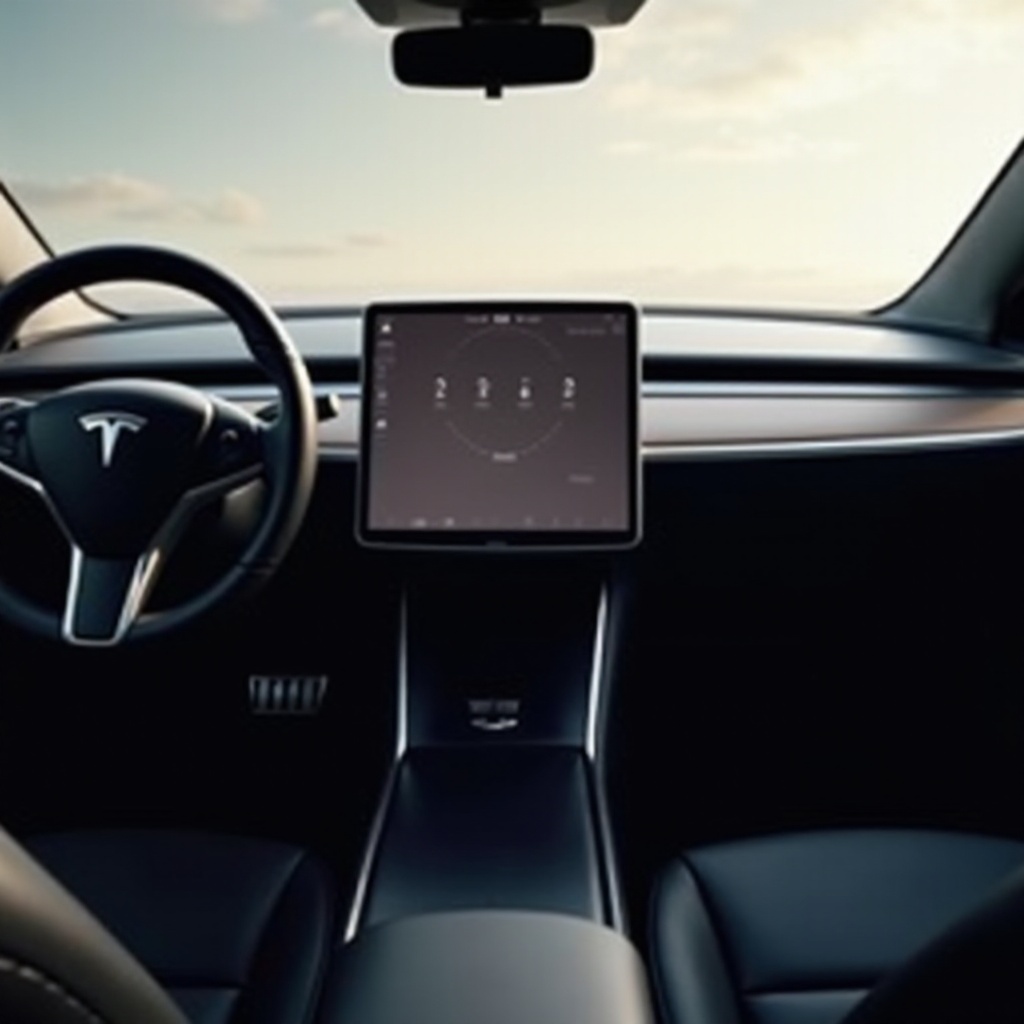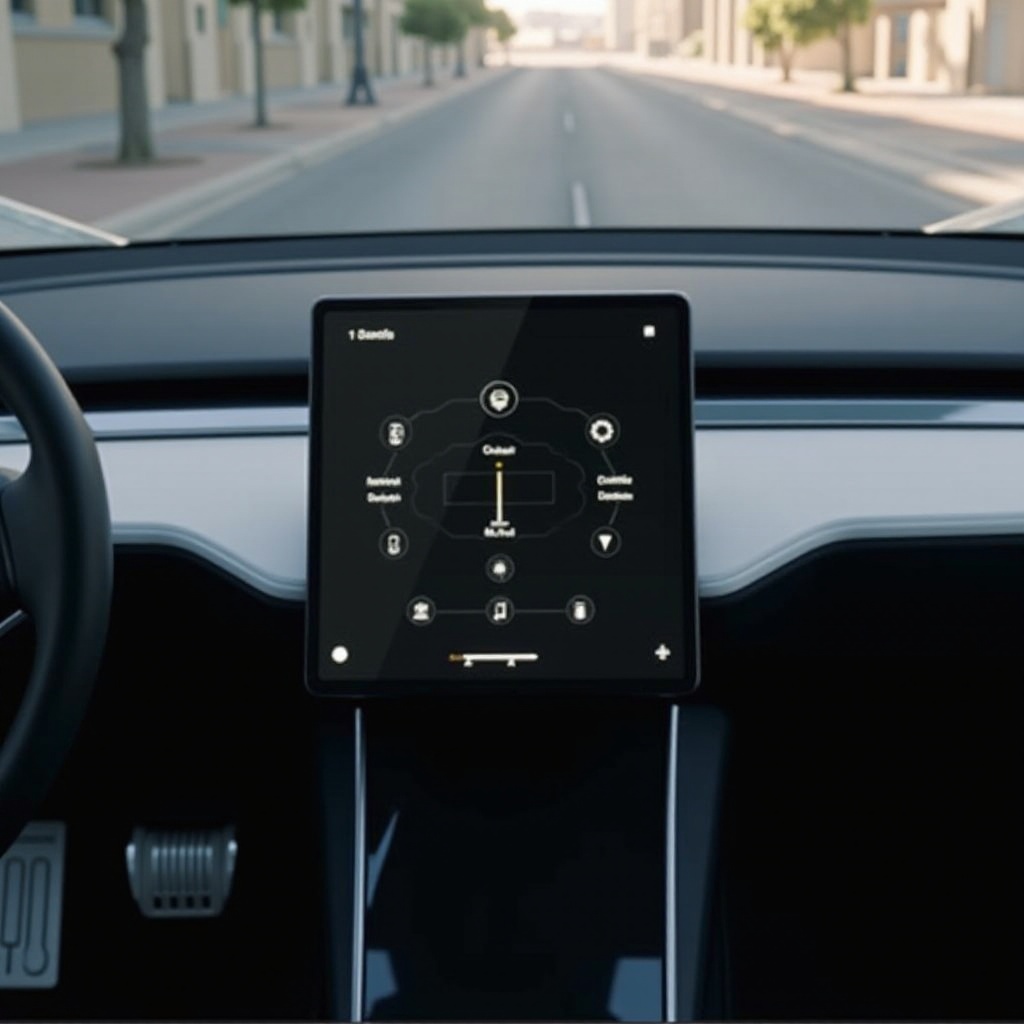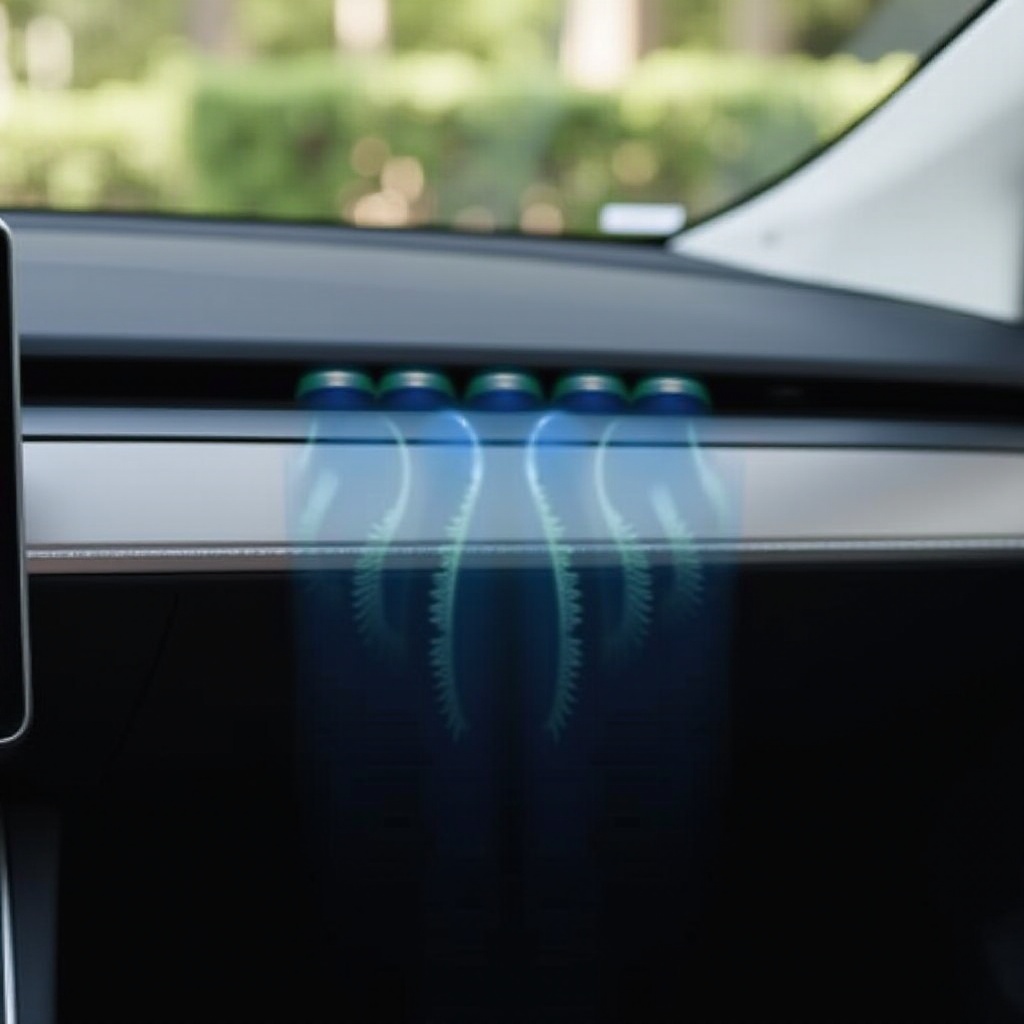Introduction
Tesla has revolutionized the automotive industry, not only with its electric engines but also with its advanced air conditioning systems. Tesla’s HVAC (heating, ventilation, and air conditioning) systems are finely tuned to deliver optimal comfort and efficiency. Understanding how these systems work provides insight into what sets Tesla apart from traditional vehicle manufacturers.

Understanding Tesla’s HVAC System
At the core of Tesla’s air conditioning system lies an innovative approach to temperature control. Unlike traditional vehicles that rely on separate units for heating and cooling, Tesla integrates these functions into a single, streamlined HVAC system. This system is designed to work symbiotically with the electric vehicle’s battery, optimizing energy use and delivering unparalleled comfort.
Tesla’s HVAC system not only regulates cabin temperature but also maintains battery health. By keeping the battery within an ideal temperature range, Tesla ensures longevity and performance. This dual focus on cabin comfort and battery efficiency is what makes Tesla’s air conditioning unique.
The Technology Behind Tesla’s Air Conditioning
Heat Pump System
A key component of Tesla’s HVAC innovation is the heat pump system. Unlike conventional air conditioning units, which generate cold air by removing heat from the cabin, a heat pump can move heat in both directions – heating and cooling. It absorbs heat from the outside air and transfers it inside during the winter, and it works in reverse during the summer, making it highly efficient.
Key Components: Compressor, Condenser, and Evaporator
The compressor, condenser, and evaporator are critical components of Tesla’s air conditioning system. The compressor pressurizes the refrigerant, raising its temperature. This high-pressure gas then flows to the condenser, where it releases heat and transforms into a high-pressure liquid. Finally, the evaporator turns this liquid back into gas, absorbing heat from the cabin air and cooling it down.
Role of Refrigerants
The refrigerant is the substance that cycles through the compressor, condenser, and evaporator. Tesla’s HVAC uses environmentally friendly refrigerants that have lower global warming potential. These refrigerants efficiently absorb and release heat, contributing to both the system’s performance and environmental sustainability.

Performance and Efficiency
A critical aspect of Tesla’s HVAC system is its efficiency. This efficiency ensures minimal impact on the battery life and range, which is crucial for long-distance travelers. Let’s delve deeper into how this system manages to retain battery life and range while providing optimal performance.
Impact on Battery Life and Range
One of the most remarkable aspects of Tesla’s air conditioning system is its minimal impact on battery life and vehicle range. Traditional HVAC systems in electric vehicles can be energy-draining, but Tesla’s heat pump system is designed to be highly efficient. This efficiency ensures that using the air conditioning does not drastically reduce the vehicle’s range, an essential factor for long-distance travelers.
User Control and Customization
Tesla’s HVAC system offers advanced user control and customization features. Through the vehicle’s touchscreen interface, drivers can adjust temperature settings, airflow direction, and even activate seat heaters. Tesla’s commitment to user-centric design ensures that occupants can personalize their climate settings to achieve maximum comfort.
Real-World Performance
Real-world performance tests have shown Tesla’s HVAC system to excel in various climate conditions. Whether driving in extreme heat or cold, the system maintains cabin comfort while preserving battery efficiency. This resilience has earned Tesla’s air conditioning system high praise from both users and automotive experts alike.

Maintenance and Longevity
Proper maintenance ensures the continued efficiency and longevity of Tesla’s HVAC system. Regularly maintaining your Tesla’s air conditioning system can prevent potential issues and extend its lifespan. Let’s look at some essential tips and common problems associated with it.
Maintenance Tips
Proper maintenance is key to ensuring the longevity of Tesla’s air conditioning system. Some tips include:
1. Regularly clean and replace the cabin air filter to ensure optimal air quality.
2. Periodically check refrigerant levels and top up if necessary.
3. Ensure that the external vents are free of debris to maximize airflow efficiency.
Common Issues and Troubleshooting
Like any complex system, Tesla’s HVAC system can experience issues. Common problems include reduced cooling efficiency and unusual noises. These issues can often be resolved by checking refrigerant levels or ensuring the compressor is functioning correctly. In cases requiring further diagnosis, Tesla’s specialized service centers provide expert support.
Reliability and Durability
Tesla’s air conditioning system is built for reliability and durability. Through rigorous testing and high-quality components, Tesla ensures that its HVAC system meets the demands of daily use and extreme conditions. This focus on durability helps maintain the vehicle’s overall value and performance over time.
Future Innovations in Tesla’s HVAC System
Tesla continues to push the boundaries of innovation, and the HVAC system is no exception. Let’s explore some upcoming technological advancements and sustainability features that are poised to further enhance the comfort and efficiency of Tesla vehicles.
Upcoming Technological Advancements
Tesla continuously innovates, and the HVAC system is no exception. Future advancements may include even more efficient heat pumps, improved refrigerants, and integration with smart home systems. These innovations aim to enhance comfort while further reducing energy consumption.
Sustainability Features
Sustainability remains a cornerstone of Tesla’s philosophy. Future HVAC systems will likely incorporate more eco-friendly materials and continue to use refrigerants with low global warming potential. These improvements reflect Tesla’s commitment to creating environmentally responsible vehicles.
Broader Industry Trends
Tesla’s innovations often set the trends for the broader automotive industry. The success of Tesla’s HVAC system has prompted other manufacturers to explore similar technologies. As more companies adopt heat pump systems and eco-friendly refrigerants, the entire industry moves towards more sustainable and efficient climate control solutions.
Conclusion
Tesla has redefined automotive comfort and efficiency through its innovative HVAC system. By integrating advanced technologies like the heat pump, and focusing on performance, and sustainability, Tesla delivers a superior driving experience. Understanding how Tesla’s air conditioning works not only highlights its engineering prowess but also reflects its commitment to comfort and efficiency.
Frequently Asked Questions
How does Tesla’s air conditioning affect vehicle range?
Tesla’s heat pump system is highly efficient, minimizing the impact on vehicle range. Unlike traditional HVAC systems, Tesla’s design ensures that running the air conditioning does not drastically reduce battery life, making long trips more feasible and comfortable.
What makes Tesla’s HVAC system different from traditional vehicle AC systems?
Tesla’s HVAC system uses a heat pump, allowing for bi-directional heat transfer. This results in more efficient heating and cooling compared to traditional systems. Additionally, the integration with the vehicle’s electric battery optimizes energy use, further enhancing efficiency.
Can Tesla’s air conditioning system be considered environmentally friendly?
Yes, Tesla’s HVAC system uses low-global-warming-potential refrigerants and is designed to be energy efficient. This reduces the overall environmental footprint, aligning with Tesla’s broader commitment to sustainability.


